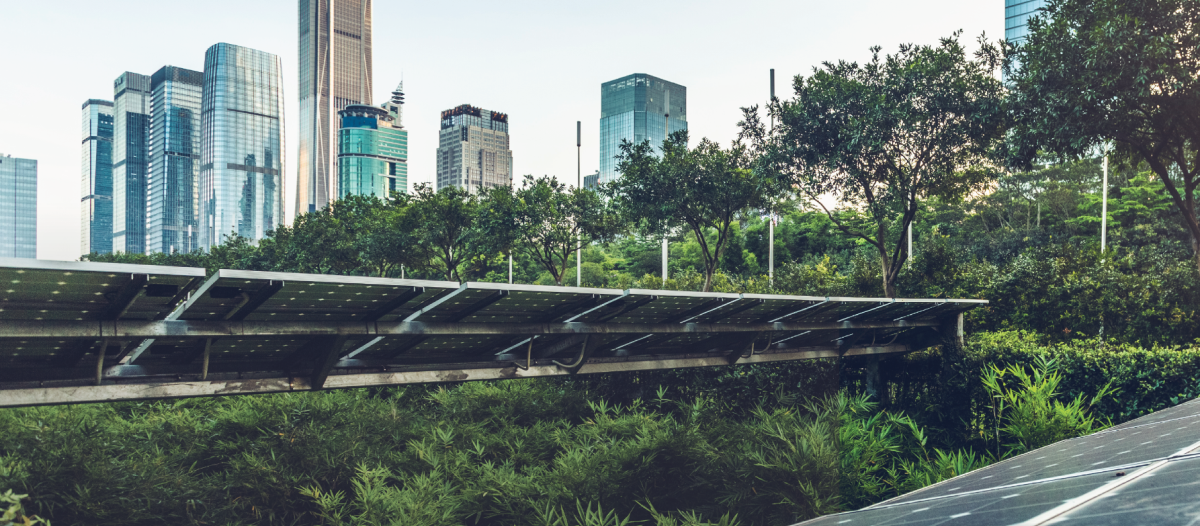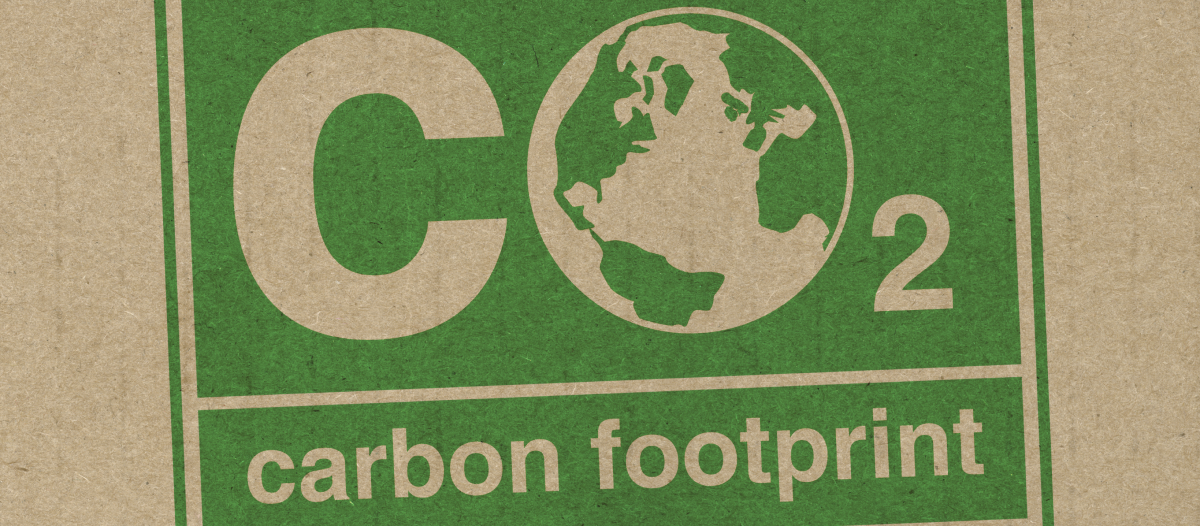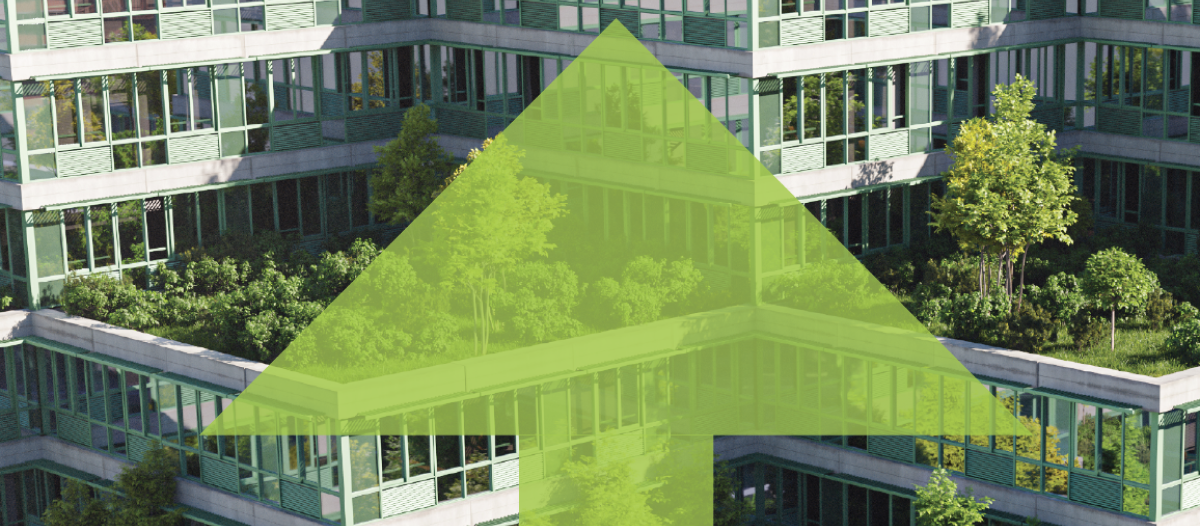When it comes to taking care of the Earth, everyone has an important role to play.
Being environmentally responsible is not just good for the planet – it can also be good for the bottom line. Customers are increasingly looking to do business with companies and facilities that are sustainable in their operations. Having a sustainability strategy can help conserve natural resources, reduce costs, attract talent and drive employee productivity.
Studies show that consumers are concerned about the environment and are willing to pay more for certain services, including in the building industry. In a Nielsen survey, 81 percent of global consumers said they felt strongly that companies should help improve the environment, and 75 percent of millennials said they are changing their habits to reduce their impact on the environment.
While every company’s path to sustainability is unique, it is important to start with a strategy. For facility managers, this means having a plan to waste less, divert more materials from landfills and lessen impact whenever possible.
 Waste less
Waste less
Most people are familiar with the three R’s: Reduce, Reuse, Recycle. These three steps are key to wasting less, and the order is important.
-
Reduce single-use materials: In offices and breakrooms, disposable cups, plates and utensils create a lot of waste. Swap these out for reusable alternatives to be more sustainable. Coffee even tastes better out of a ceramic or steel mug.
-
Go big: Single-use water bottles and coffee pods are convenient, but they are not environmentally friendly. Provide a water cooler or coffee pot and encourage employees to use it to fill reusable bottles or mugs.
-
Reuse packaging: In the warehouse, instead of tossing structurally sound cardboard boxes, reuse them for storage or shipping. Some companies offer customers the option of having goods shipped to them in a recycled box.
-
Be energy efficient: It is also important to evaluate how a facility is using resources such as energy and water. Becoming energy efficient reduces carbon footprints and can help shrink a facility’s energy bill. Simple solutions include moving to LED lighting, automating lights with sensors so they shut off when no one is in the room, and using smart thermostats to warm or cool a room only when needed.
For more comprehensive evaluations, the U.S. Green Building Council’s LEED system provides a framework for healthy, efficient, carbon and cost-saving green buildings.
Divert more
After reducing and reusing, recycling is the next best thing. Recycling helps conserve natural resources and supports the circular economy by returning materials to the marketplace where they can be remanufactured into new products or packaging.
Keep these three tips in mind for proper recycling:
-
Know what to throw: The first step is knowing which materials are recyclable. Cardboard, paper, aluminum, tin and many plastics are widely recyclable. Glass may also be accepted, check with local providers.
-
Empty, clean, dry: Before placing materials in the recycling bin, be sure they are free of residue. Leftover food or liquid can contaminate otherwise good recyclables and cause them to be sent to the landfill – which is what recycling is trying to avoid in the first place.
-
Don’t bag it: Recyclables should never be bagged. Place them loose in the recycling bin. Plastic bags can tangle and jam the equipment at a recycling facility, causing delays or even damage.
There are specialized forms of recycling that do not use the regular recycling bin but can help a facility be even more environmentally responsible:
-
E-waste recycling: As businesses modernize and grow, they may have a need to recycle old electronics. Electronics recycling requires special handling separate from regular trash and recycling collection. Proper electronics recycling prevents potentially hazardous materials from polluting the environment and can recover precious metals including gold, silver and copper. There are energy savings, too. Recycling 1 million laptops saves the energy equivalent to the electricity used by more than 3,500 U.S. homes for a year, according to the EPA.
-
Bulb and battery recycling: Like e-waste, bulbs and batteries contain harmful materials that require special handling and should not be thrown in trash or recycling bins. Through recycling, 99 percent of the mercury in fluorescent bulbs can be recovered. And more than 95 percent of an LED light bulb can be recycled. Mail-back programs for bulbs and batteries provide a solution that helps facilities comply with environmental regulations.
-
Organics recycling: Another way to divert waste from landfills is by recycling food and green waste. In a landfill, this organic material breaks down into methane, a greenhouse gas. But by diverting food and green waste to an organics recycling program, it can be recycled into nutrient-rich compost for the garden or converted into renewable energy through anaerobic digestion. All those lunch leftovers could eventually help power a facility.
Lessen the impact
To help inform a sustainability strategy, it is important to understand the carbon footprint of the facility or operations. A carbon footprint is the total amount of greenhouse gases, including carbon dioxide and methane, generated by an organization, individual or event. Use of fossil fuels for electricity, heating and transportation all contribute to a carbon footprint.
-
Get a waste assessment: Waste assessments can calculate a customer’s carbon footprint and help determine the right mix of recycling and waste solutions for a facility. This may include regular trash and recycling collection, custom compactors to help reduce waste volume, and roll-off dumpster rentals for short-term projects or long-term use.
-
Think local: Transportation plays a significant role in a company’s carbon footprint. Partnering with domestic or local suppliers reduces miles traveled, which in turn, results in fewer emissions. Becoming a more sustainable facility includes evaluating the companies organizations do business with.
-
Offset carbon: Facilities that have made changes to reduce their footprint may find there is still a portion they are unable to neutralize. To reach net zero emissions, a facility may choose to purchase carbon offsets, which compensate for emissions by funding an equivalent reduction project elsewhere. Such projects may include forest conservation, creation of windfarms or reuse of landfill gas for energy.
Taking care of the planet is both a responsibility and an opportunity. By becoming more environmentally conscious, facilities can help the planet, attract more customers and inspire employees to be more productive. Beyond the product or service provided, organizations also will be helping their community enjoy a more sustainable future.

Kristin Steiner is the sustainability director for Republic Services. In this role, she is responsible for assessing and leading Republic Service's environmental, social and governance (ESG) reporting, initiatives and strategy. She ensures Republic’s sustainability efforts enhance business performance, drive innovation and support the long-term interests of the company. Steiner holds a bachelor’s degree in civil engineering from San Diego State University, and a dual degree MBA and master’s degree from the School for Environment & Sustainability from the University of Michigan.
References
Read more on Sustainability and Project Management or related topics Sustainable Facility and Project Management
Explore All FMJ Topics










